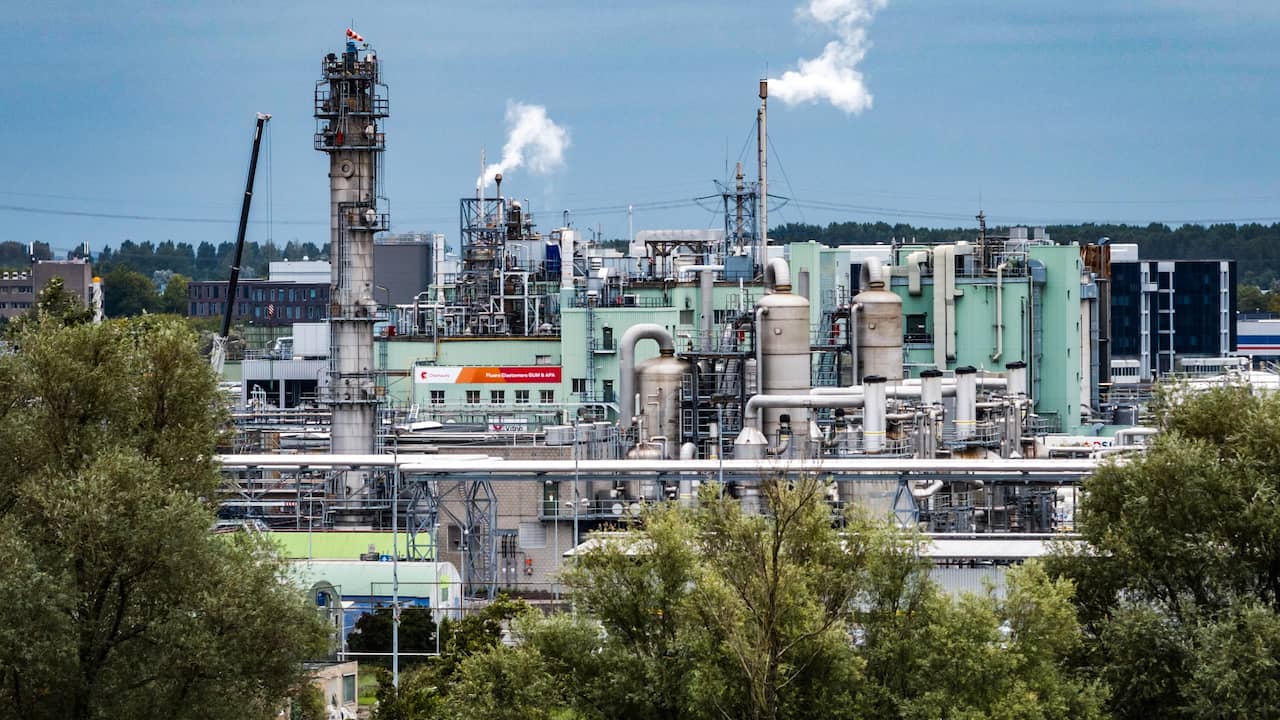During Tuesday's hearing, Chemours indicated that if it was no longer permitted to discharge TFA, the plant would have to be closed. The governorate doubted this. “But if that's the result, that's the result,” the district attorney said.
The judge agreed with Chemours in a second case. This case concerns the release of HCFC-22 gas. This gas does not pose direct harm to the environment, but it is one of the greenhouse gases that deplete the ozone layer.
Chemours is authorized to release 3,500 kilograms of HCFC-22 per year. During maintenance of one of the storage containers containing the substance, a large amount of HCFC-22 was released such that the permissible annual amount was exceeded.
The province believed that the gas released during maintenance was part of the “annual licensed tonnage,” and Chemours did not. The judge agrees with the manufacturer.
Both provisions relate to an interim measure, so it is possible that a judge may decide differently at a later date.








More Stories
GALA lacks a chapter on e-health
Weird beer can taste really good.
Planets contain much more water than previously thought